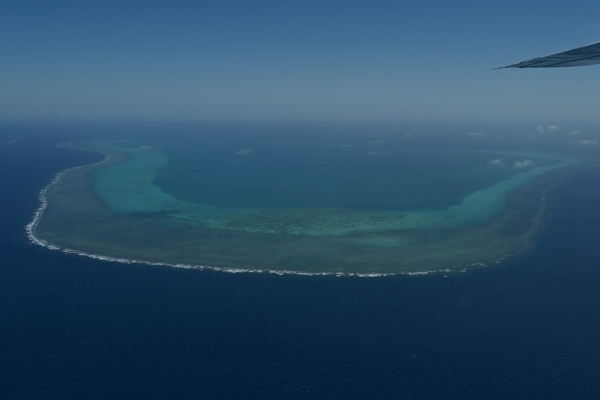On Wednesday, September 25th, the National Security Council (NSC) of the Philippines reported that a Philippine Department of Fisheries aircraft was tracked and approached by a Chinese navy helicopter near disputed waters in the South China Sea, marking another provocation by China in the region.
According to reports from Reuters, the NSC stated that the latest standoff occurred on Monday, September 23rd, when a Philippine aircraft was conducting a patrol mission near Scarborough Shoal, known as Bajo de Masinloc in the Philippines. Despite the situation, the Philippine aircraft successfully completed its patrol mission.
This incident is the latest in a series of maritime and aerial confrontations between the two countries in the disputed areas of the South China Sea.
The Chinese regime has spent decades attempting to control the South China Sea, engaging in activities such as island-building, constructing military bases, and deploying coast guard forces, maritime militia, and fishing fleets to harass and intimidate other countries.
The NSC issued a statement emphasizing that China’s actions violate aviation safety regulations.
The Chinese embassy in Manila did not immediately respond to requests for comment from Reuters regarding the latest incident.
Scarborough Shoal is located 200 kilometers (124 miles) from the Philippines and is a major fishing ground within the Philippines’ Exclusive Economic Zone (EEZ).
In 2016, an international arbitration tribunal ruled that China’s sovereignty claims within the “nine-dash line” in the South China Sea were invalid. The nine-dash line encompasses 90% of the sea area in the South China Sea and intrudes into the EEZs of Vietnam, Malaysia, Brunei, Indonesia, and the Philippines. However, Beijing refuses to acknowledge this arbitration ruling.
According to the Associated Press, two unnamed Philippine officials revealed on Wednesday that U.S. and Philippine security officials have agreed to indefinitely retain the U.S. “Typhon” medium-range missile system in northern Philippines to enhance deterrence capabilities.
As part of joint military exercises with the Philippine military, the U.S. Army transported the “Typhon” medium-range missile system to northern Philippines in April this year. This land-based weapon can launch both “Standard 6” and “Tomahawk” missiles.
The Tomahawk missile has a range of over 1,600 kilometers, putting targets within China’s borders in its striking range.
Last week, Chinese authorities expressed “serious concerns” over the deployment of the “Typhon” medium-range missile system in the Philippines, accusing Washington of fueling an arms race.
Philippine Defense Minister Gilberto Teodoro made remarks to reporters outside the Asian Defense Industry Exhibition in Manila on Tuesday, stating, “China (China) says they are alarmed, but that is interfering in our internal affairs.”
Teodoro added, “Why don’t they (China) lead by example and destroy their nuclear arsenal? Eliminate all their ballistic missile capabilities?”
Philippine Armed Forces Chief of Staff, Romeo Brawner, also stated on Wednesday that if he had his way, he would “like ‘Typhon’ to stay in the Philippines forever.”

